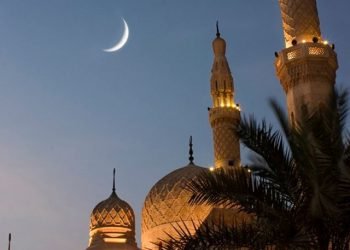by Nurat Uthman
Namibians are set to vote for a new president and parliament on Nov. 27, after Hage Geingob died and was replaced as president on a interim basis by his deputy, Nangolo Mbumba.
The election could mark a historic shift in the country’s political landscape if the ruling SWAPO party, in power since independence in 1990, loses control of the presidency or parliament for the first time.
The president is directly elected by voters and needs to garner more than 50% of votes to win. Support for SWAPO dropped from 87% in the presidential election in 2014 to 56% in 2019.
The main presidential candidates include;
- Vice President Netumbo Nandi-Ndaitwah (72). She is the presidential candidate for SWAPO. She also happens to be the vice president of SWAPO and the party’s first female presidential candidate.
- Panduleni Itula (67) from the Independent Patriots for Change (IPC) party. He is another candidate who who had secured 29% of the presidential vote as an independent candidate in 2019 — the best any challenger has done against SWAPO.

- McHenry Venaani (47), is the leader of Namibia’s largest opposition party in parliament, the Popular Democratic Movement (PDM), which holds 16 out of 96 elected seats. He is the country’s youngest member of the parliament in 2003.
- Bernadus Swartbooi (47), is the leader of the Landless People’s Movement (LPM), a progressive party advocating for land redistribution and restorative justice.
- Job Amupanda (37, he is a former SWAPO youth leader who fell out with the party and founded a leftist political movement called Affirmative Repositioning in 2014. Like the LPM, the party focuses on land reform and redistribution of foreign-owned land.









